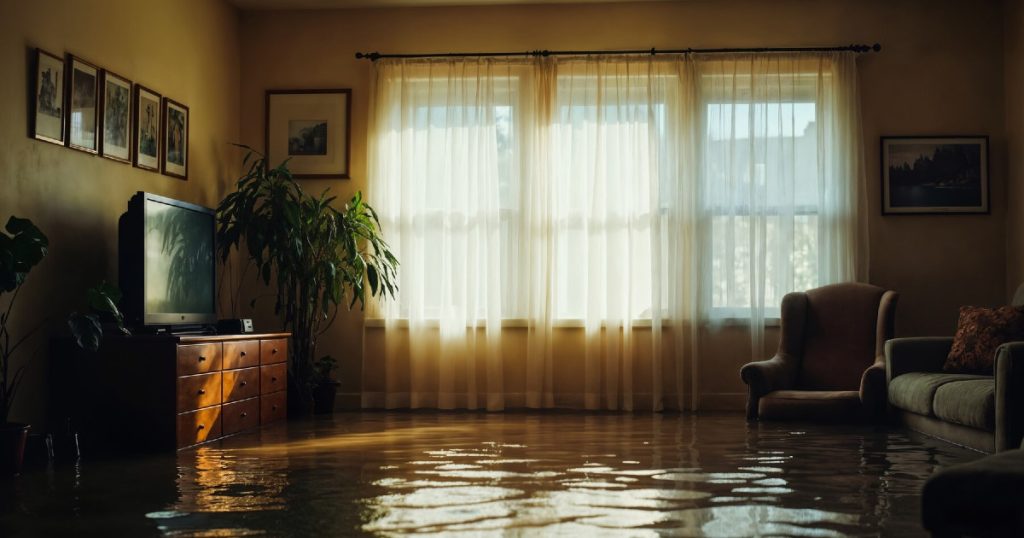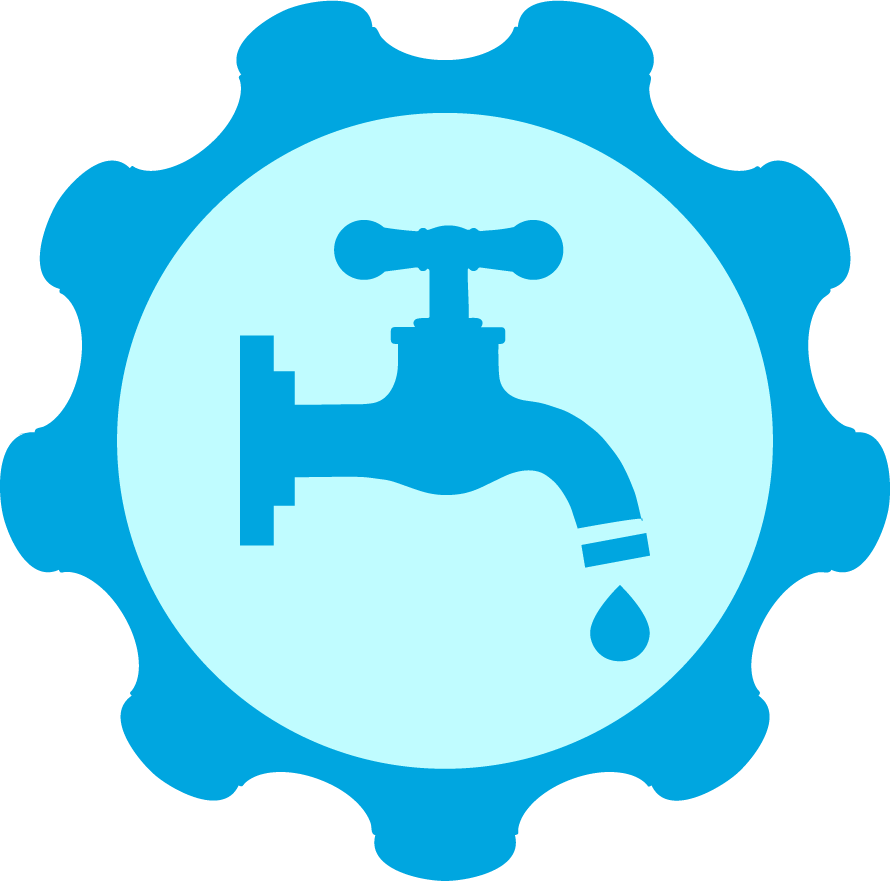Types Of Water Damage

Dealing with a flooding or sewage emergency in your home can be overwhelming. The steps you take to handle water damage often depend on the type of wastewater involved. According to the Institute of International Cleaning and Restoration Certification (IICRC), water damage falls into three main categories—though these categories may have slightly different names, depending on the source. In any case, knowing which category you’re dealing with can help you respond safely and effectively.
Clean Water
- Clean water is floodwater or overflow that does not pose an immediate health threat.
- Common sources include:
- Malfunctioning appliances (e.g., washing machines, dishwashers)
- Toilet holding tanks (only if they contain clean water)
- Melting snow or rainwater that enters your home
Why It Matters
- Exposure Risk: Minimal, as this water typically does not contain harmful bacteria or contaminants.
- Cleanup: In most cases, DIY methods are safe. However, timely action is crucial: even clean water can evolve into Greywater in as little as 48 hours if left standing.
Key Tip
- Act Quickly: The longer the water sits, the more likely it is to pick up contaminants and foster bacterial growth.
Greywater
- Greywater (sometimes called sullage) is wastewater that does not contain fecal matter but may still carry bacteria or chemicals.
- Common sources include:
- Bathtub, shower, and sink runoff
- Washing machine or dishwasher drains
- Light flooding that contains few, but not zero, contaminants
Why It Matters
- Health Risk: While not as hazardous as blackwater, greywater can induce illness if ingested or if it comes into contact with skin for extended periods.
- Typical Flood Causes:
- Weather events leading to minor floods
- Overflow from a plumbing fixture or household appliance
- Broken pipes that carry lightly soiled water
Cleanup Precautions
- Protective Gear: Wear gloves, boots, and a mask—especially if the flood is substantial.
- Keep Vulnerable People Away: Children, pets, and immunocompromised individuals should not enter the affected area.
- Professional Help: If the flood covers a large area (e.g., several inches of water in the basement), call experts for safe cleanup and decontamination.
- Time Sensitivity: Greywater can progress to Blackwater within 48 hours.
Blackwater
- Blackwater is highly contaminated wastewater containing human waste, toxins, or dangerous pathogens.
- Common sources include:
- Sewage backups or overflows (from toilets, bidets)
- Broken sewage pipes
- Water from flood events involving seawater, river water, or stagnant ground surface water
- Food preparation sinks and dishwashers in some scenarios
Why It Matters
- Severe Health Hazard: This water often contains bacteria, viruses, and possibly chemicals that pose serious risks to humans and pets.
- Property Damage: Due to severe contamination, porous materials like carpets, upholstery, and drywall are typically unsalvageable if soaked with blackwater.
- Environmental Concern: Blackwater must be processed and decomposed before it can be released safely into the environment.
Cleanup Precautions
- Do Not Attempt DIY: Contact with blackwater via skin or ingestion can lead to infection or illness.
- Professional Intervention: A licensed water restoration or plumbing expert should assess and handle blackwater flooding.
- Disposal of Materials: Any item exposed to blackwater may need complete removal and safe disposal.
When to Call an Expert
- Suspected Sewage or Blackwater: Always consult a professional if you suspect Blackwater water.
- Extensive or Ongoing Flooding: Large-scale water intrusion, mainly when covering multiple rooms, typically requires specialized tools and treatments.
- Prolonged Standing Water: If water sits for more than 48 hours, even Clean Water or Greywater can transform into a more hazardous form, warranting professional expertise.
Remember: Professional plumbers or restoration teams have the training and equipment to:
- Identify the water category accurately.
- Extract water efficiently.
- Disinfect affected areas.
- Restore or remove damaged property safely.
Additional Tips for Managing Water Damage
- Act Quickly: In any flooding scenario, time is your enemy. Rapid cleanup reduces the risk of structural damage and mold growth.
- Use Protective Equipment: Masks, gloves, and waterproof boots can protect you from contaminants.
- Check Insurance Coverage: Flooding isn’t always covered under standard homeowner policies. Review your insurance policy for water damage clauses.
- Document Everything: Take photos and videos of the damage for insurance claims.
- Mold Prevention: Besides cleaning up standing water, consider running fans or dehumidifiers to dry the area and inhibit mold formation.
Final Thoughts
Understanding which category of water damage you’re dealing with can make all the difference in safely restoring your home. Clean water may be straightforward to address on your own—provided you act quickly—but greywater and blackwater demand far more caution. In severe cases, professional plumbers or water restoration experts must ensure thorough decontamination, reduce health risks, and prevent long-term damage.
If you’re unsure how to handle your specific flooding situation—or if you suspect contaminated water—contact qualified professionals immediately. Prompt action not only safeguards your home’s structure but also protects the health of everyone in your household.
